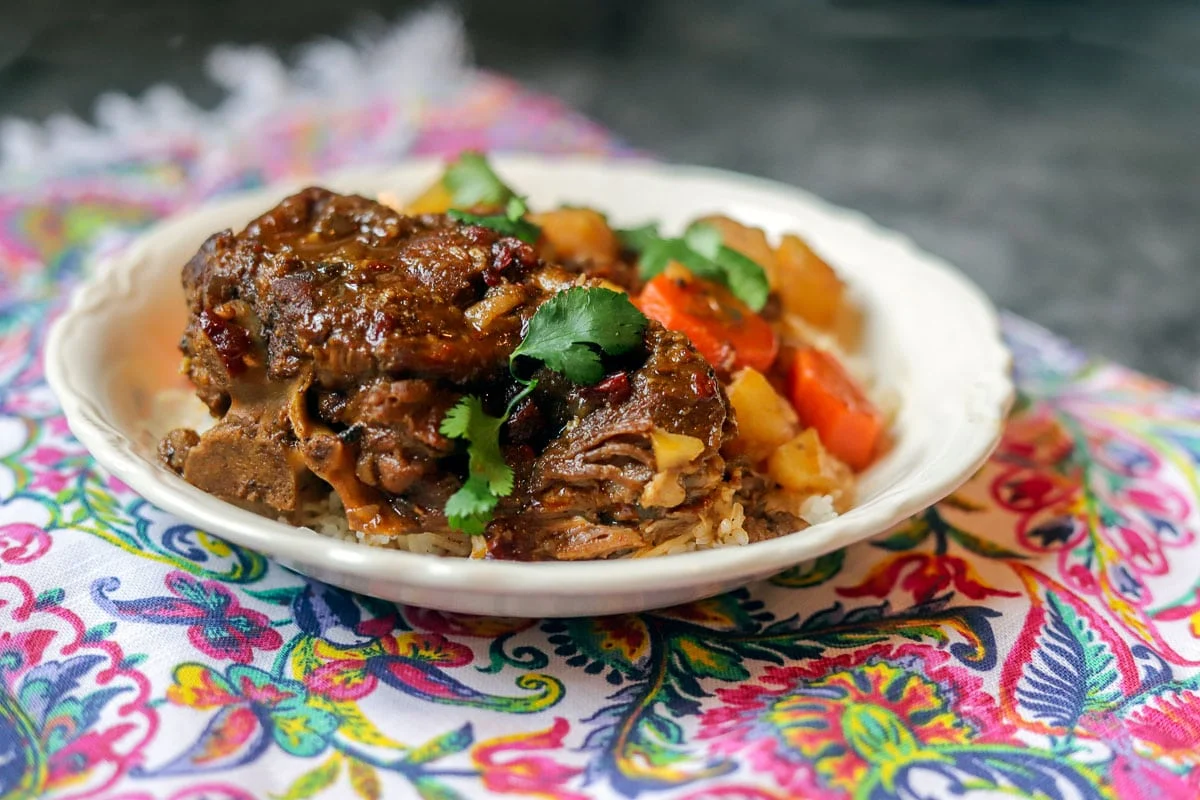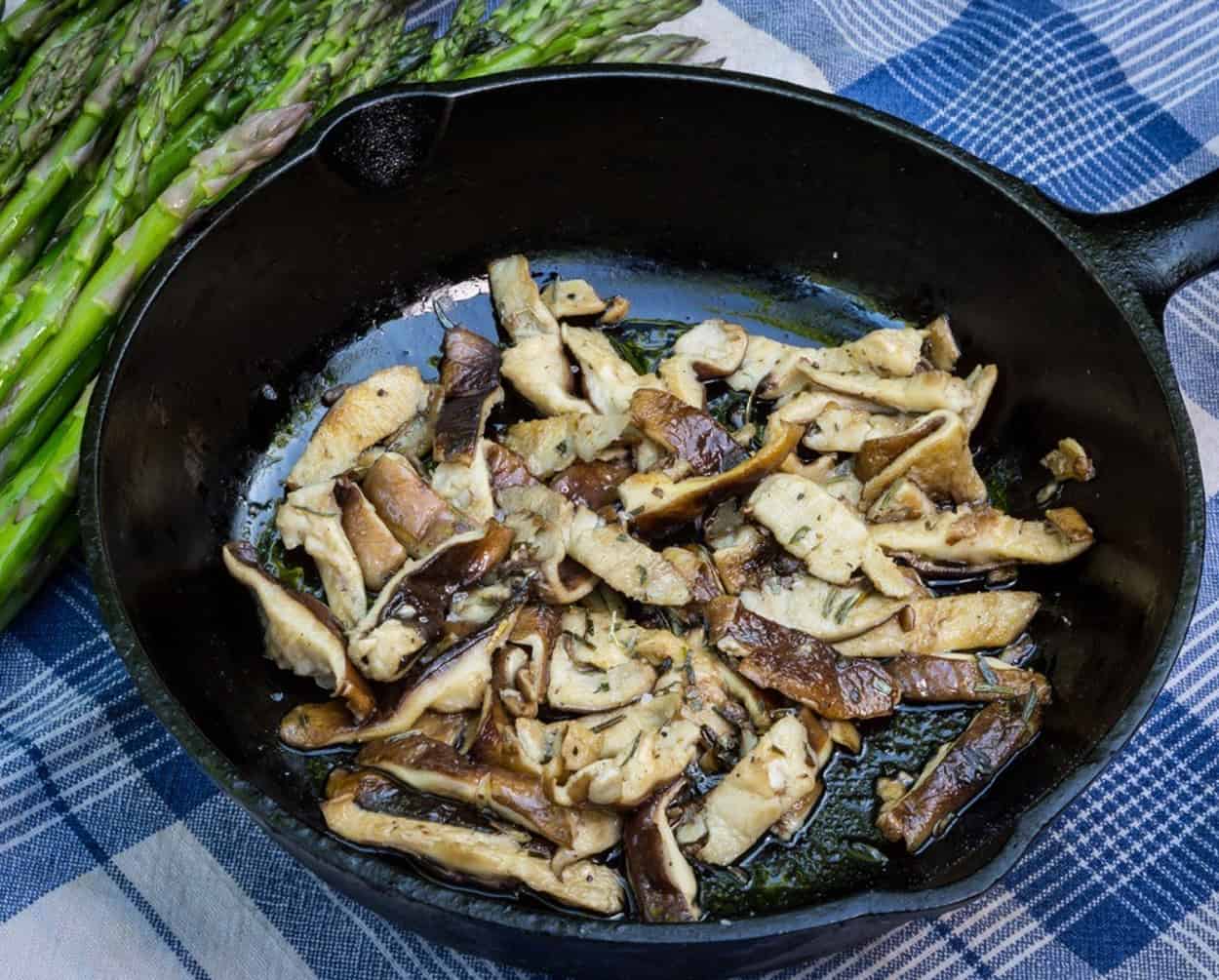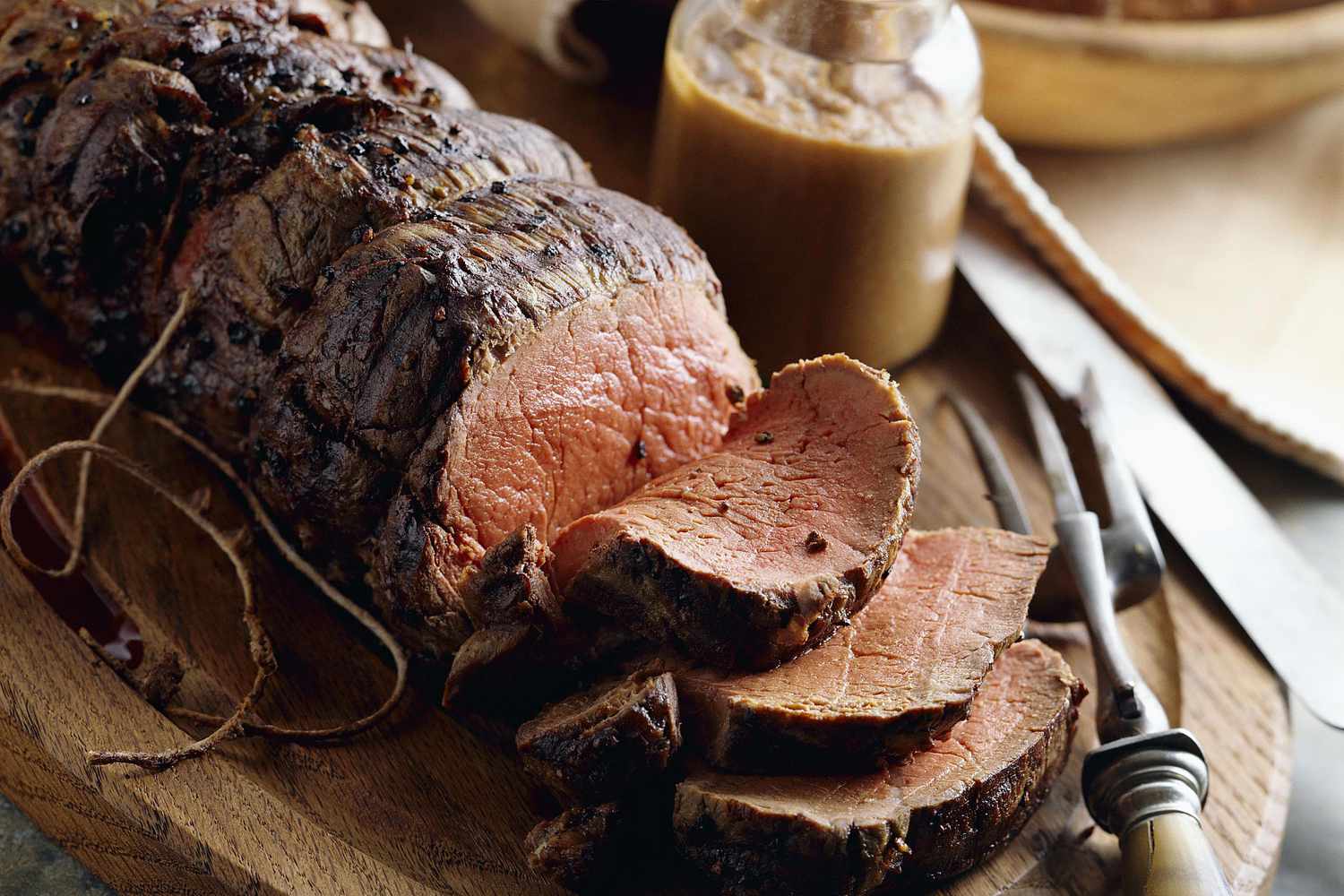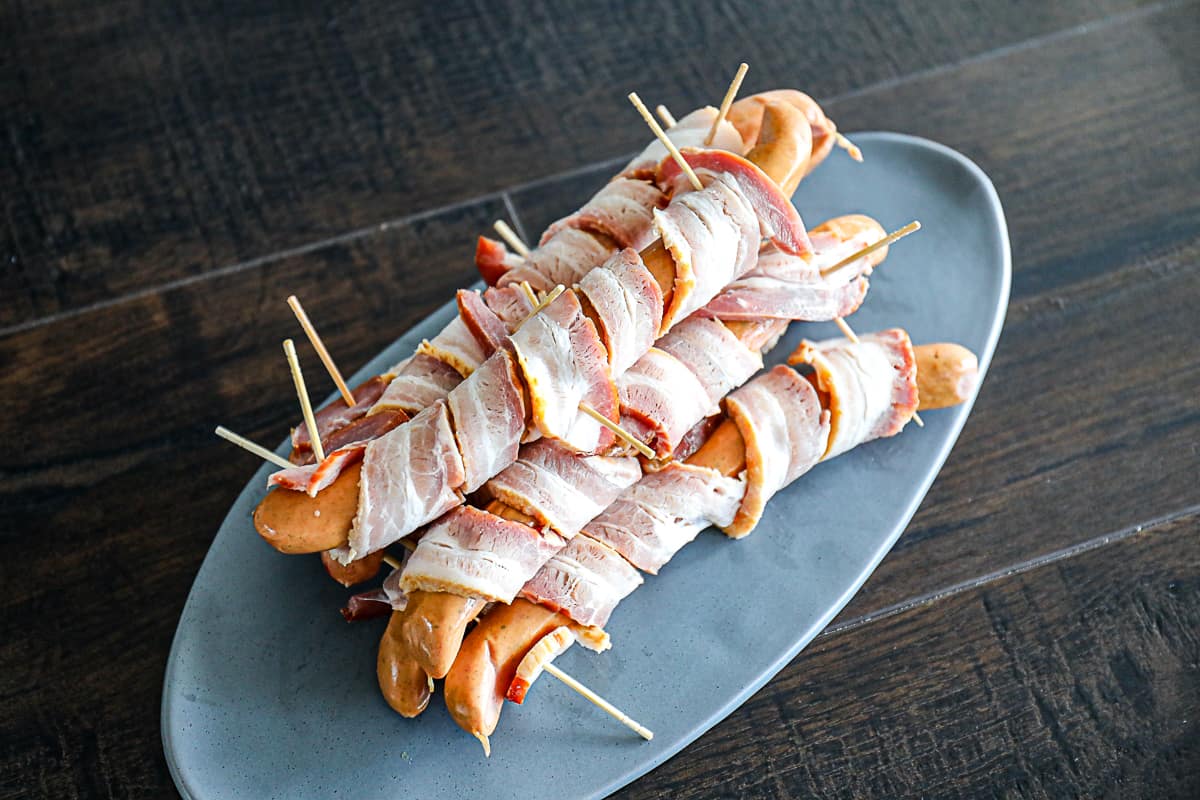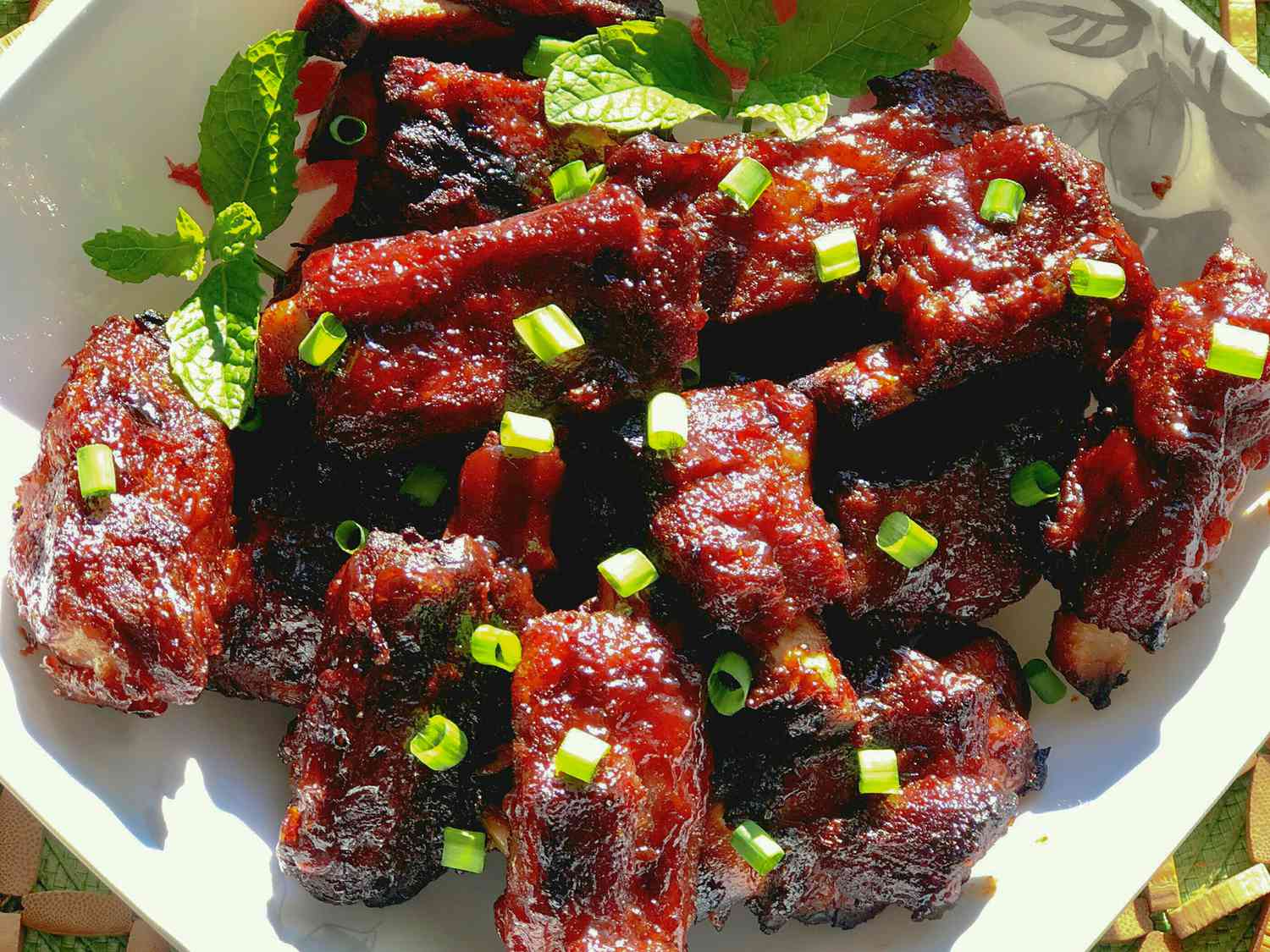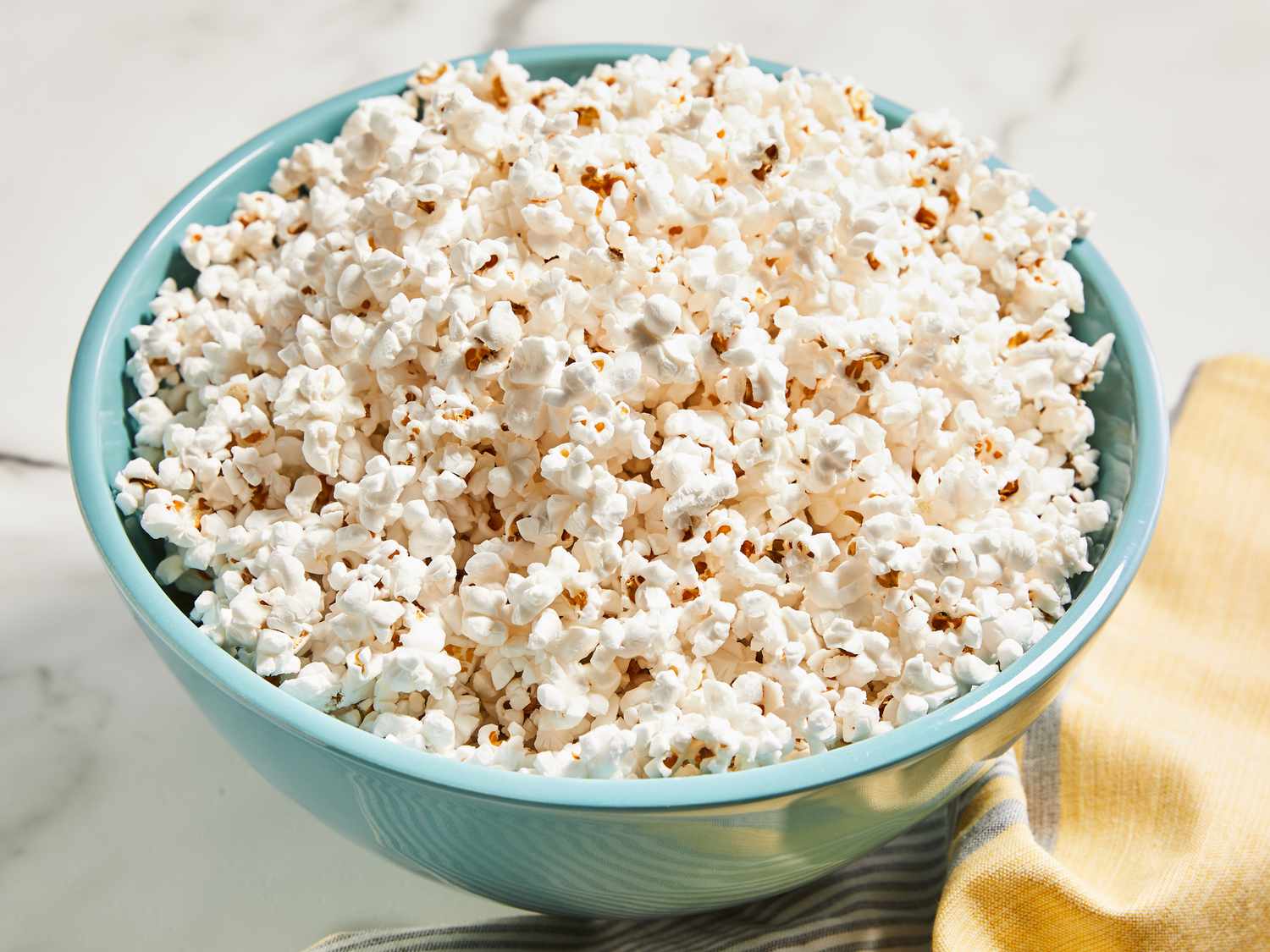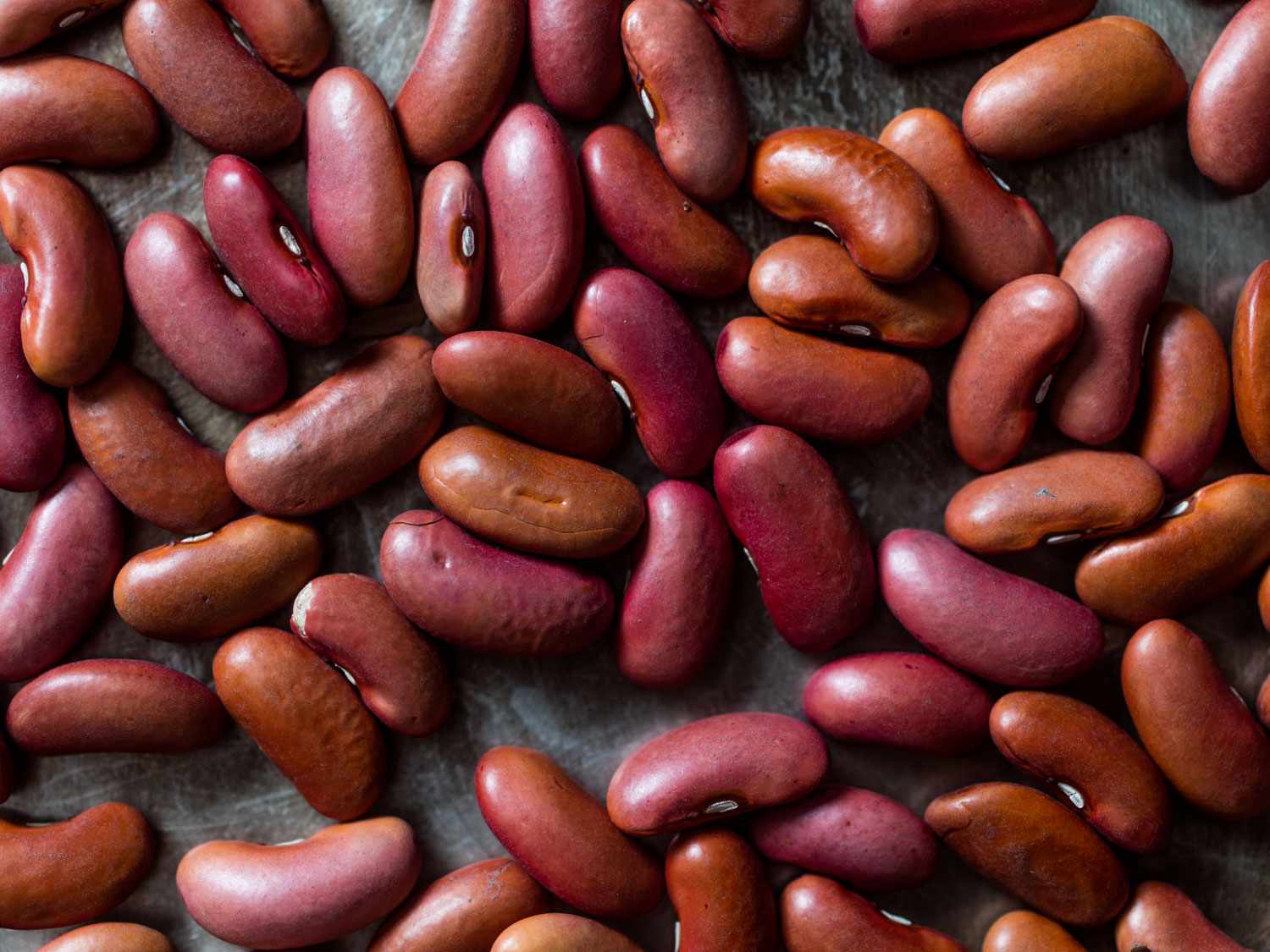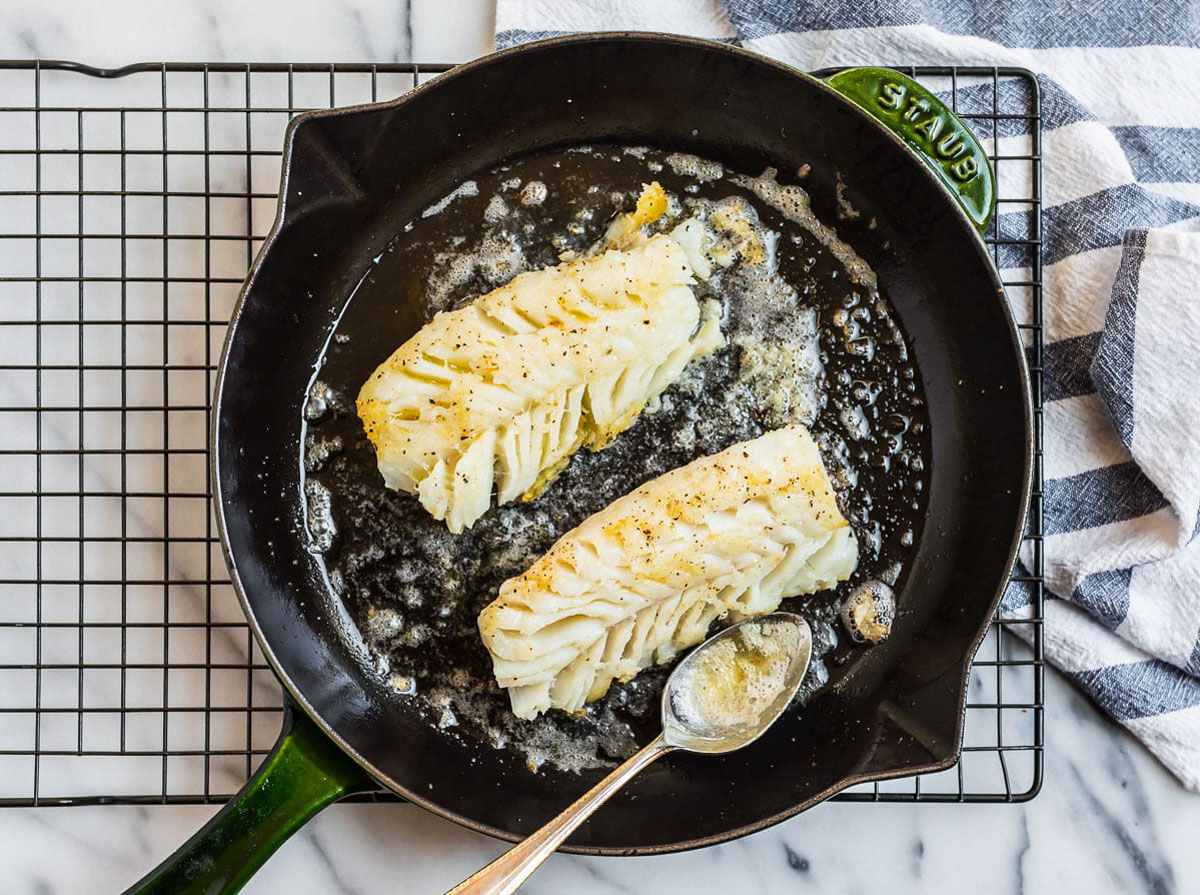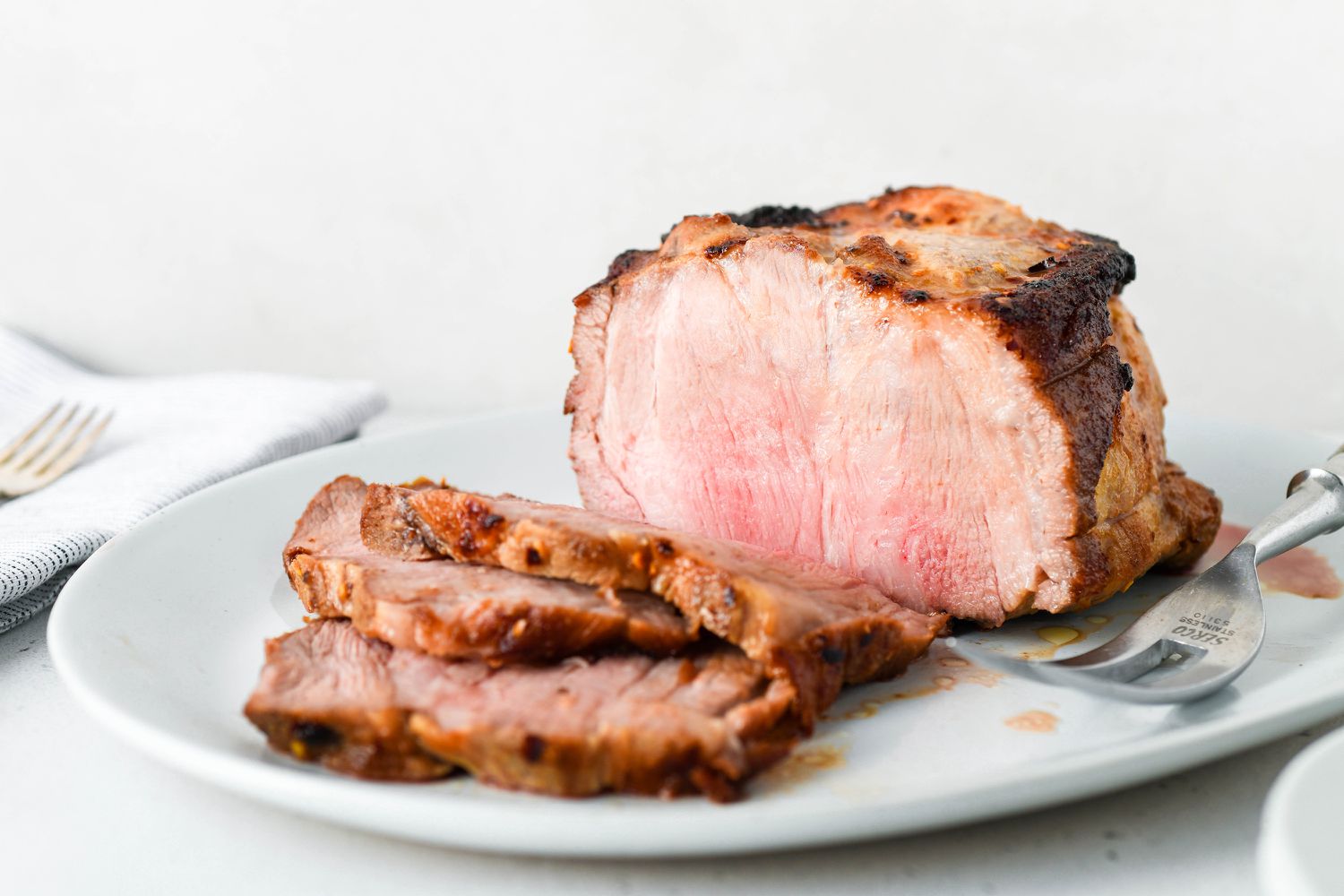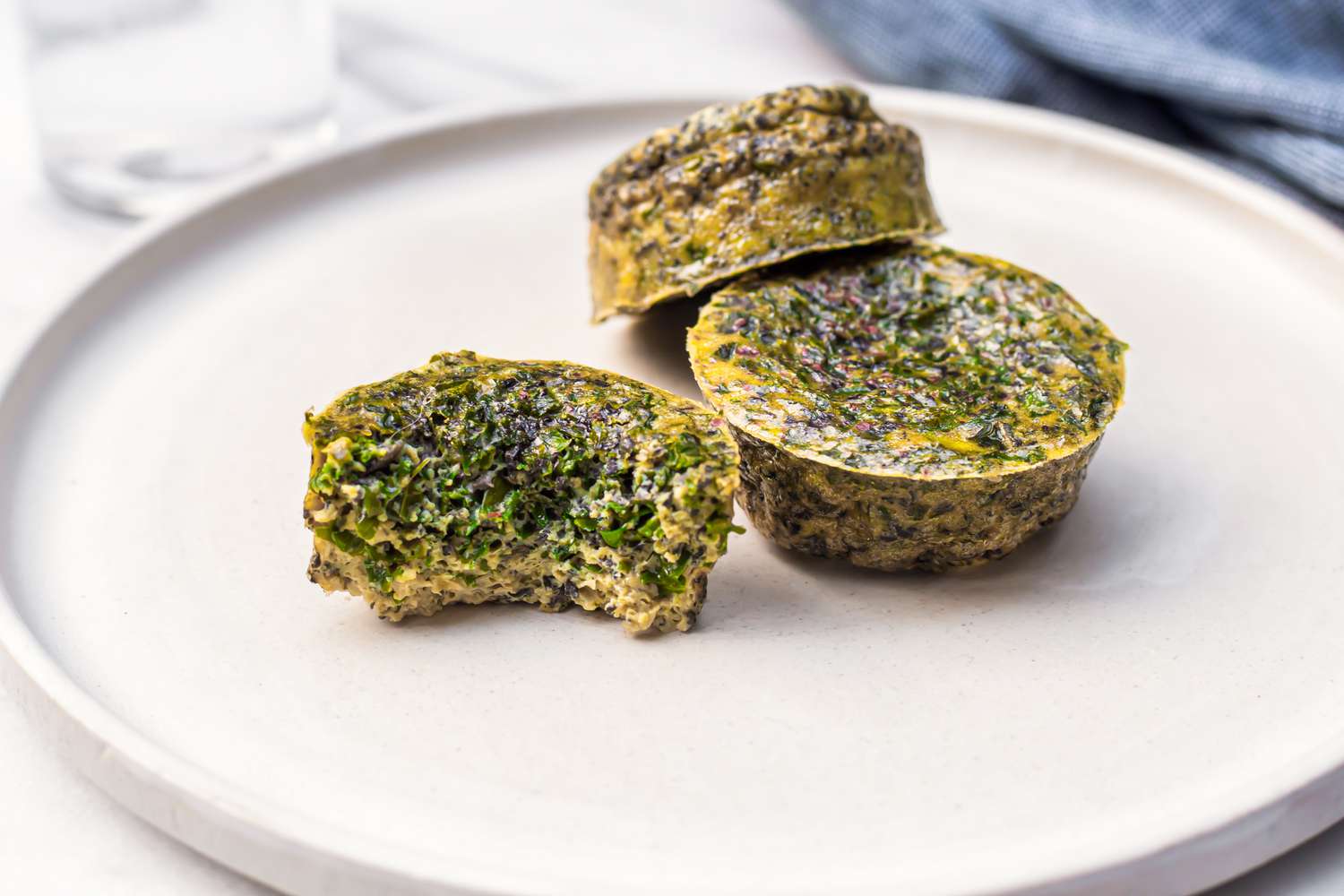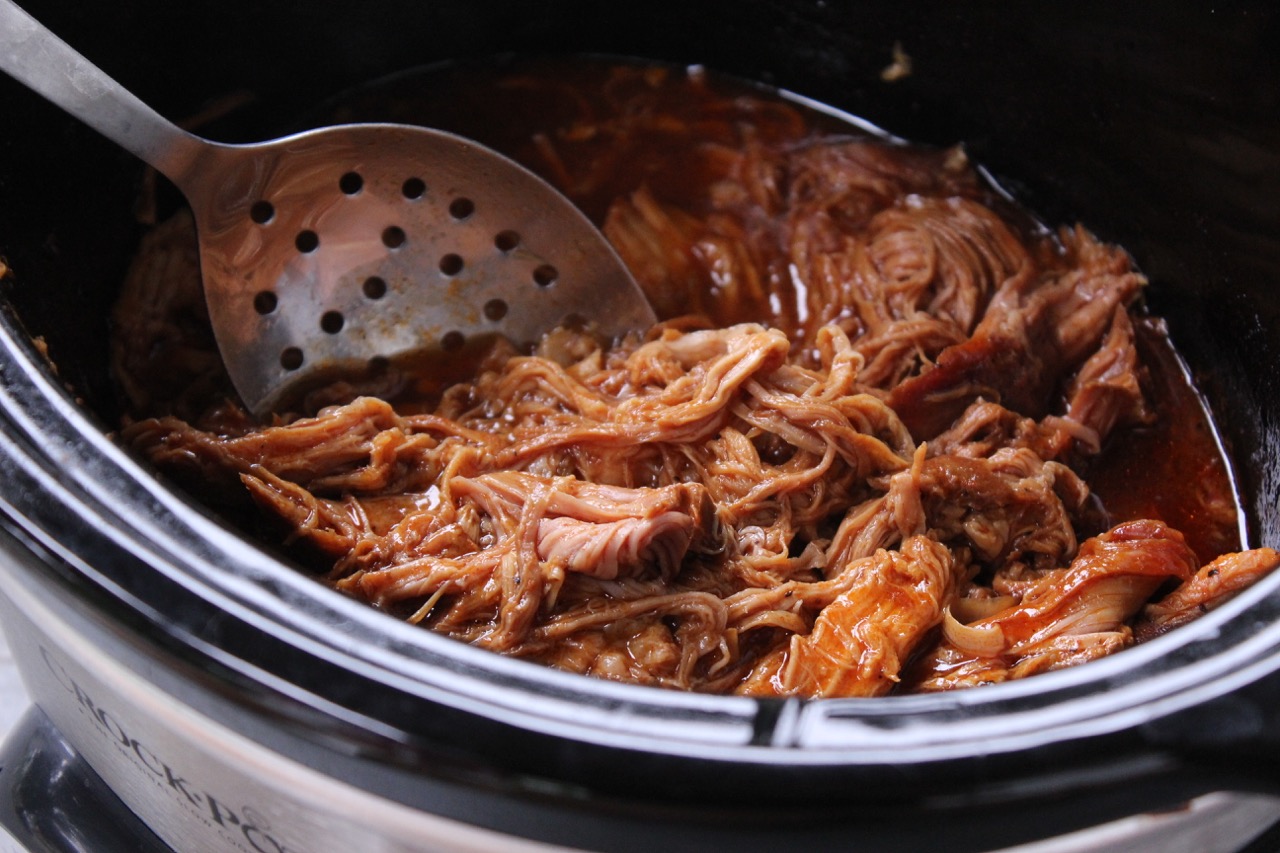Introducing Mango: The Perfect Baby Food
Mango, with its vibrant color, sweet taste, and smooth texture, is undeniably a delicious fruit loved by people of all ages. But did you know that mango can also be a fantastic option when it comes to introducing solid foods to your baby? Packed with essential nutrients and rich in flavor, mango can provide your little one with a tasty and nutritious meal. In this article, we will show you how to cook and prepare mango for your baby’s culinary delight.
Choosing the Right Mango
When selecting a mango for your baby’s food, look for a fruit that is ripe but not overly soft. The skin should have a slight give when pressed gently, and the fruit should have a sweet aroma. Opt for organic mangoes whenever possible to ensure your baby is getting the best quality and no unnecessary chemicals.
Preparation and Cooking
Preparing mango for your baby is quite simple. Follow these easy steps:
- Wash the mango thoroughly to remove any dirt or debris from the skin.
- Peel the skin using a vegetable peeler or a sharp knife, being careful to remove only the skin and not too much of the flesh.
- Cut the mango in half around the pit, and gently twist the halves to separate them.
- Remove the pit and discard.
- Cut the mango flesh into small, baby-friendly pieces. For younger babies, consider mashing or pureeing the mango for a smoother texture.
Serving Suggestions
There are plenty of ways to serve mango to your baby:
- Serve it as a standalone fruit puree.
- Add mango puree to baby cereal or yogurt for flavor and nutrition.
- Mix mango with other fruits such as banana, avocado, or papaya for exciting flavor combinations.
- Freeze mango puree in ice cube trays for easy portioning and to create homemade mango popsicles.
Important Safety Tips
As with any new food, it’s crucial to introduce mango slowly and watch out for any signs of allergies or digestive issues. Start with small quantities and gradually increase the amount as your baby gets used to it. Always consult your pediatrician before introducing mango or any new food to your baby’s diet.
Furthermore, be cautious when preparing mango for your baby. Remove any tough fibers from the flesh and check for any remaining small pits. Always supervise your baby while they are eating to prevent choking hazards.
Conclusion
Mango is not only a delightful fruit for grown-ups but also an excellent choice for introducing your baby to solids. As long as you choose ripe, organic mangoes and prepare them appropriately, your little one is sure to enjoy the sweet and tangy taste along with the numerous health benefits. So, grab a mango, follow our simple steps, and let your baby indulge in this tropical delight!
Was this page helpful?
Read Next: How To Cook Lutefisk Boil

